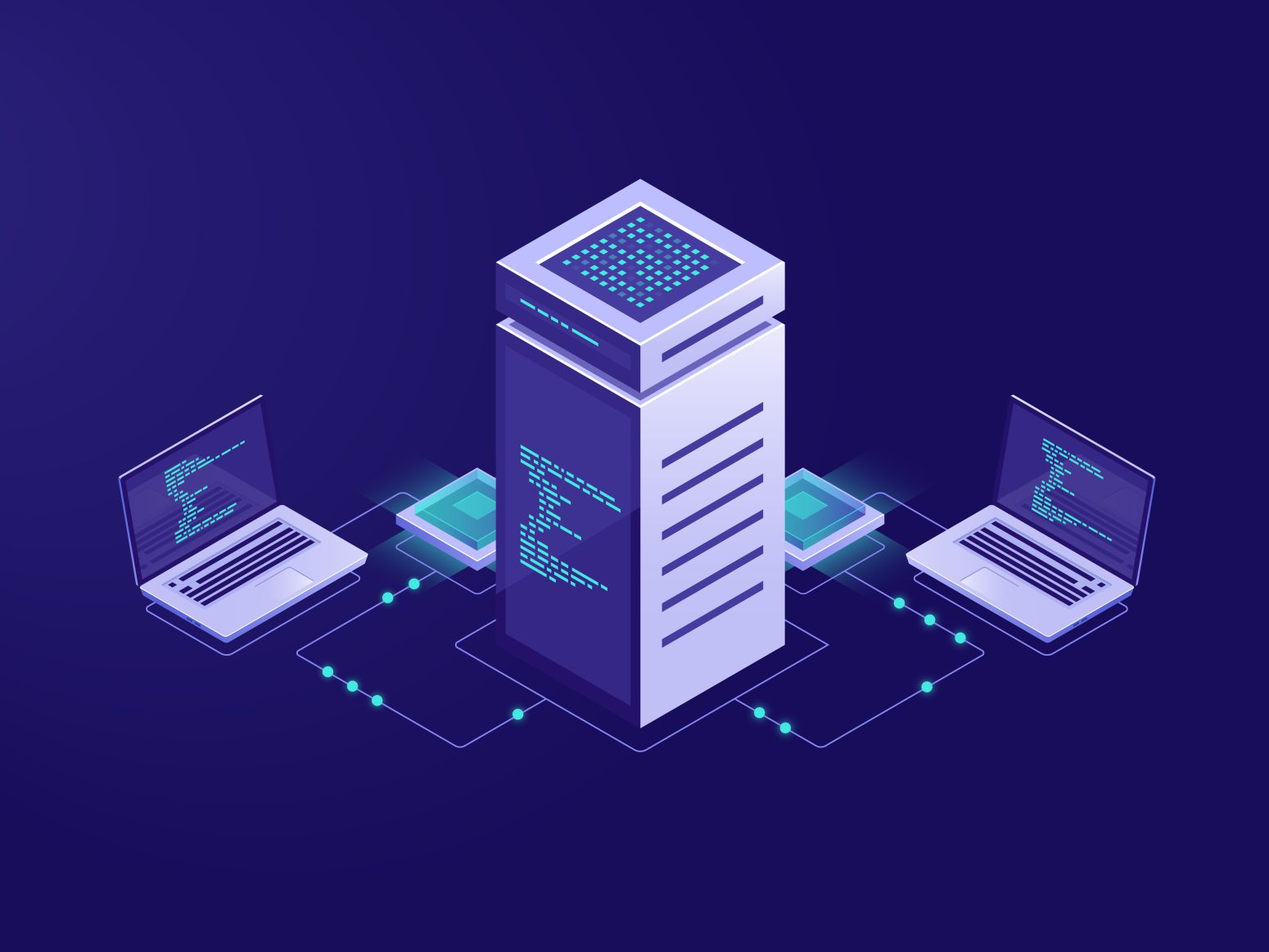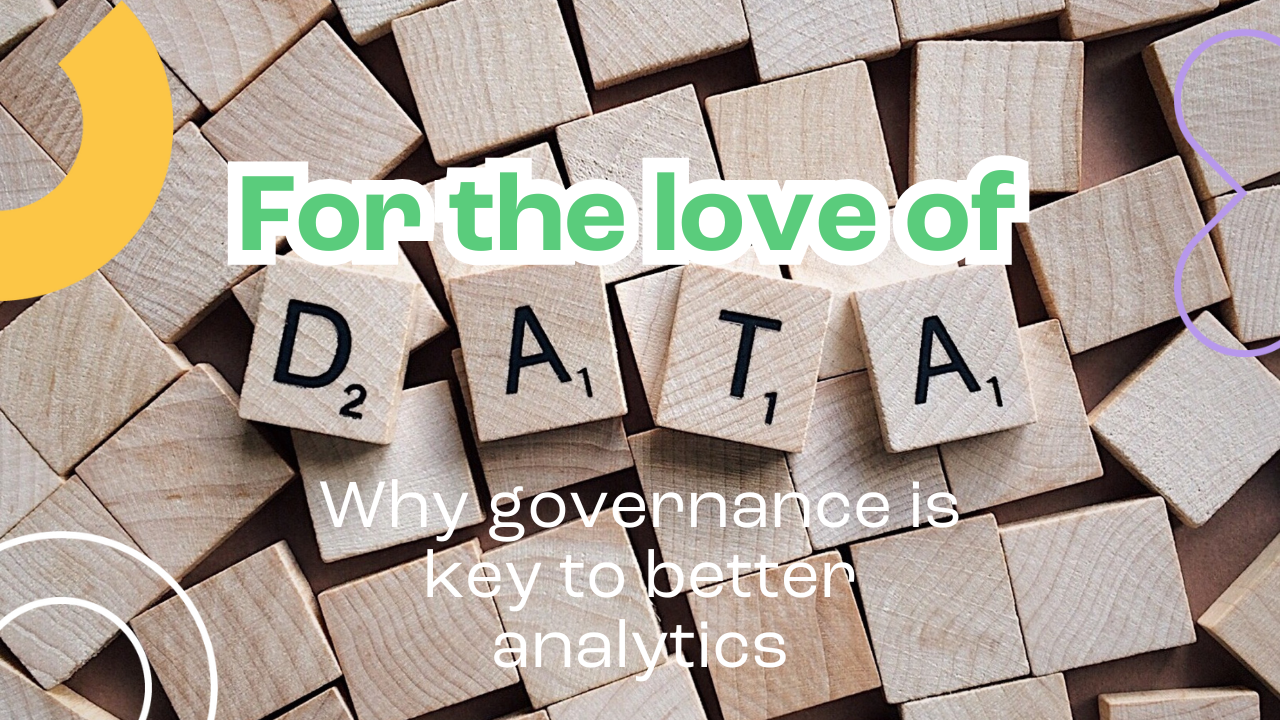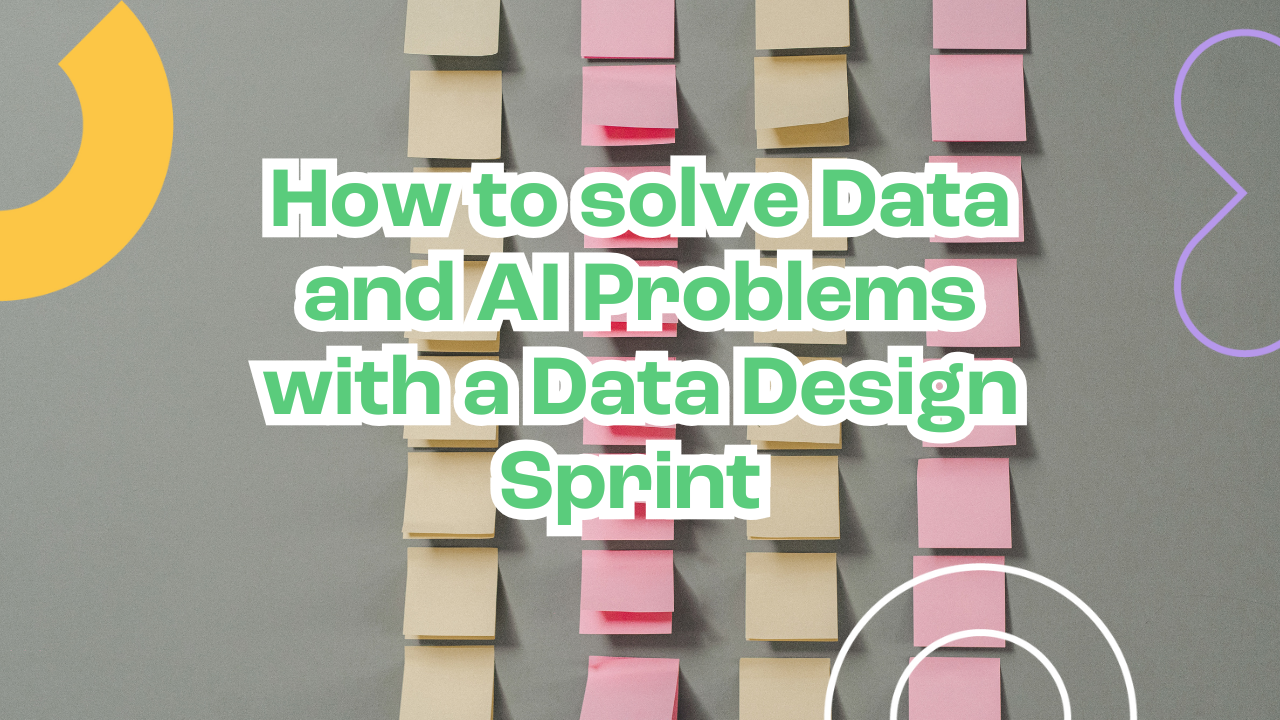What is data migration?
Data migration is the process of transferring data from one location, format or application to another. Data migration can involve moving data between databases, storage systems, or applications. It may include data cleansing, transformation, and mapping to ensure the data is properly formatted and organised for the new system.
Data migration can be a complex process, especially when large amounts of data are involved, and may require specialised tools and expertise to ensure that transfers are done accurately and efficiently.
The top 3 types of data migration are:
- Storage migrations – involving the transfer of data from one storage location to another, often between on-premise or cloud storage systems.
- Database migrations – usually occur when an organisation is upgrading from a source database to a new target database and are typically more complicated since data needs an alternative format.
- Application migrations – involve moving software applications from one environment to another – from on-premise to cloud or across data centres.
What triggers a data migration?
- Speed – the business feels it is at risk of falling behind its competitors due to data buried in legacy systems. This makes it slow or impossible to perform analytics or to offer new data-centric products to its customers at pace.
- Cost – IT infrastructure is hosted in an on-premise data centre with its own roadmap to reduce its footprint, resulting in the removal of applications.
- Access – data is siloed in so many places that it is impractical to combine it for analytics or to identify a single source of truth for key data.
How you organise and execute your data migration and whom you engage in the process are what will make the difference between success and failure. Here are our top tips for success.
What are the Critical Success Factors for seamless data migration?
- Engage and include Stakeholders at every stage – keep everyone informed and aware. Data migration exercises can have a significant impact on internal and external stakeholders and their decision-making abilities. Engage them in the planning process through to execution and never stop communicating on changes, progress, opportunities and training to avoid unnecessary friction along the way.
- Plan with diligence and transparency – diligent and inclusive planning is essential for any successful data migration. Identify the data that needs to be migrated, the target system or platform, and the tools and resources that will be required to execute the program successfully. Establish and gain consensus on timelines and budgets for the migration process to avoid surprises along the way.
- Prioritise data cleansing and transformation – take the time to eliminate inconsistencies in the data. Validate and re-validate before transforming it into a format suitable for the target system.
- Automate processes where possible – automating tools and processes should be used to extract data from the source system through transformation, cleansing and uploading into the target system – remove manual intervention to avoid errors.
- Test, Test and Test again – once the data has been migrated to the target system, start the testing process to ensure data has been transferred accurately. Generate reports and compare the source and the target systems to ensure and retain data integrity. Keep testing until all stakeholders have agreed and approved the successful outcome of the data migration.
- Document everything – document the process, tools and techniques – and share the issues encountered to ensure lessons learned are included in future migrations.
Navigating the world of data migrations can be a minefield – if you need to bounce some ideas around, get in touch, and we’re happy to help.




